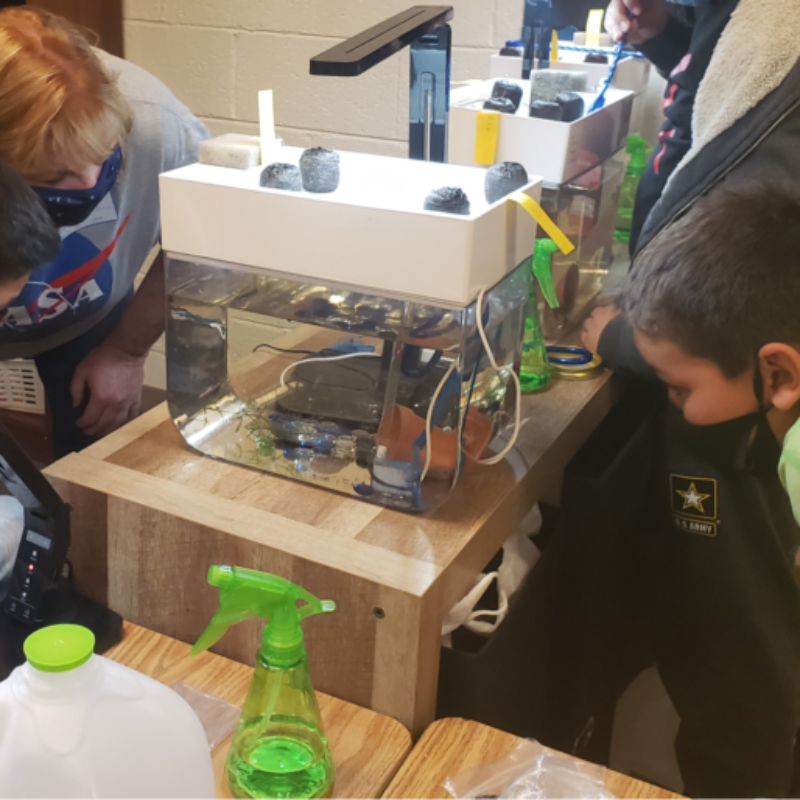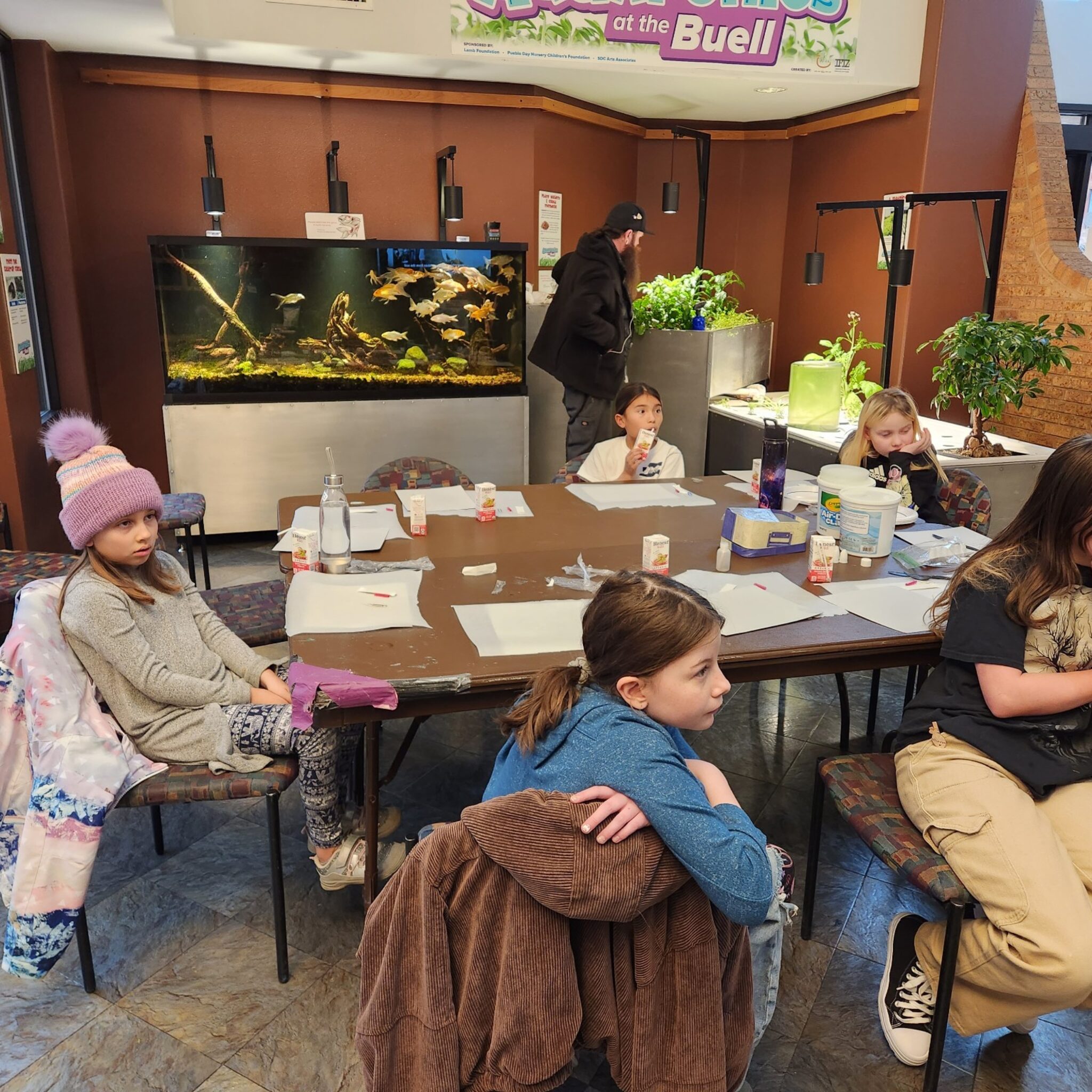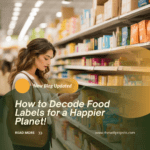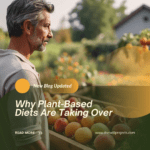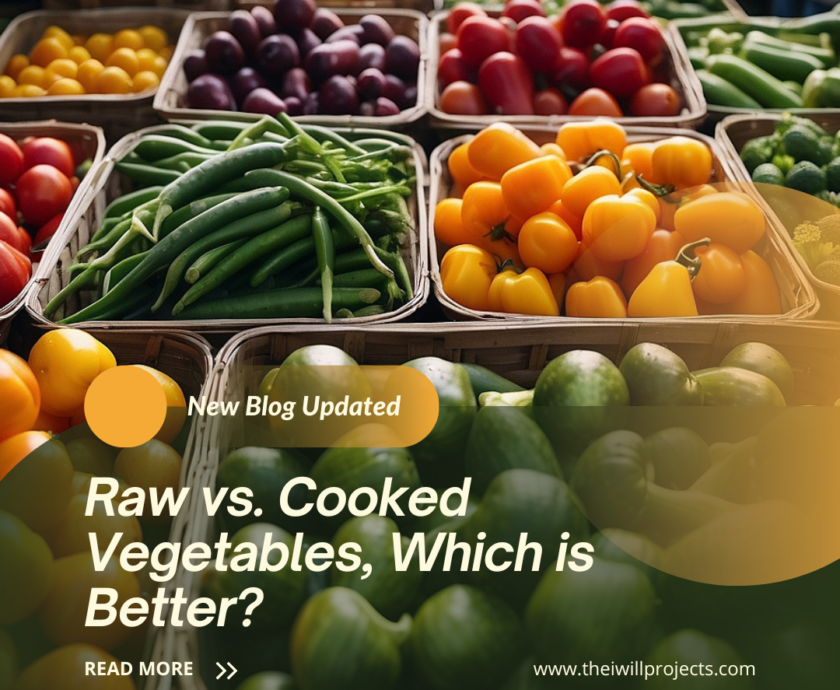“Ensuring the safety of our vegetables is not just about washing them; it’s about nurturing the soil, water, and biodiversity that give life to our food.” – Dr. Amelia Harlow
TweetTable of contents
- Introduction
- The Hidden Toxins in Your Vegetables
- Pesticides: A Persistent Problem
- Organic vs. Non-Organic: Is There a Difference?
- The Role of Soil Health in Vegetable Safety
- Water Quality and Vegetable Contamination
- Aquaponics: A Sustainable Solution?
- The Impact of Air Pollution on Vegetable Safety
- How to Reduce Your Exposure to Hidden Toxins
- Embracing Local and Seasonal Produce
- Understanding the Spectrum of Vegetable Contamination
- The Role of Government Regulations and Standards
- The Psychological Impact of Food Safety Concerns
- Community-Supported Agriculture (CSA) as a Path to Cleaner Eating
- Empowering Consumers through Education and Advocacy
- The Future of Vegetable Safety
- Conclusion
- FAQs
Introduction
In our quest for wellness, the mantra “eat more vegetables” rings louder than ever. Yet, amidst our pursuit of a varied and colorful diet, a pressing question lurks: “Are Your Vegetables as Safe as You Think?” This query seldom crosses our minds as we navigate the vibrant array of produce in our local grocery stores or revel in the bounty of farmers’ markets. However, it stands as a pivotal concern in a time when distinguishing between pristine and tainted food supplies can be unsettlingly vague. Picture your vegetables as sponges, eager to soak up every element in their environment—be it water, air, or soil. But these are not ordinary sponges; they are the very foods you consume. This raises an important inquiry: what exactly are these sponges absorbing? With a focus on uncovering the toxic compounds and hazardous chemicals potentially concealed within your favorite veggies, this article delves into the harmful effects these substances can have. By shedding light on these concerns, we aim to navigate the maze of our food system and unveil strategies to safeguard our plates from these hidden dangers.

The Hidden Toxins in Your Vegetables
Toxins in vegetables can come from various sources, such as pesticides, herbicides, and even the soil they grow in. The use of chemical fertilizers and pesticides has become a standard farming practice to meet the high demand for produce. However, these chemicals can leave residue on your vegetables, posing potential health risks over time.
Pesticides: A Persistent Problem
Pesticides are designed to protect crops from pests and diseases, but their residue on vegetables can be harmful to humans. Chronic exposure has been linked to a range of health issues, including hormone disruption, reproductive problems, and even certain cancers.
Organic vs. Non-Organic: Is There a Difference?
Deciding whether to buy organic or non-organic vegetables can often leave shoppers in a quandary. Organic food, cultivated without the use of synthetic pesticides or fertilizers, offers a promising reduction in your exposure to harmful chemicals. Nonetheless, it’s crucial to understand that “organic” does not guarantee absolute freedom from toxins. Despite the stringent standards governing organic food production, these crops may still come into contact with environmental pollutants via water sources or air pollution, underscoring the importance of a nuanced approach to choosing your vegetables.
The Role of Soil Health in Vegetable Safety
The health of the soil where vegetables are grown plays a crucial role in their safety. Soil contaminated with heavy metals or pollutants can transfer these toxins to the plants. Ensuring soil health is vital for producing safe, nutritious vegetables.
Water Quality and Vegetable Contamination
Water used for irrigating crops can also be a source of contamination if it’s polluted with chemicals or harmful bacteria. This is a particularly pressing issue in regions where water sources are compromised due to industrial runoff or inadequate waste management.
Aquaponics: A Sustainable Solution?
Aquaponics melds the practices of aquaculture (fish cultivation) and hydroponics (soilless plant cultivation), offering a groundbreaking and eco-friendly approach to mitigating vegetable contamination concerns. Within this self-sustaining ecosystem, the waste generated by fish serves as a natural fertilizer for the plants. Concurrently, the plants purify and refresh the water, which is then redirected back to the fish habitats. This technique significantly diminishes the reliance on chemical fertilizers and pesticides, conserves water, and fosters the growth of more wholesome, uncontaminated vegetables.
The Impact of Air Pollution on Vegetable Safety
Air quality is another factor affecting vegetable safety. Vegetables grown in areas with high levels of air pollution can accumulate toxic substances from the air, adding another layer of potential risk to consumers.
How to Reduce Your Exposure to Hidden Toxins
Reducing your exposure to hidden toxins in vegetables involves several strategies, including washing and peeling your vegetables, choosing organic when possible, and growing your own vegetables using safe, sustainable methods like aquaponics.
Embracing Local and Seasonal Produce
One way to further ensure the safety and quality of your vegetables is by embracing local and seasonal produce. Local produce is less likely to have undergone long transport processes that can increase the risk of contamination, and seasonal produce is often grown in conditions that are naturally suited to the crop, reducing the need for chemical interventions.
Understanding the Spectrum of Vegetable Contamination
When pondering the question, “Are your vegetables as safe as you think?”, it becomes clear that the issue of vegetable contamination extends beyond the usual suspects of pesticides and environmental pollutants. We must consider a wider array of factors, including the quality of water used to rinse vegetables at home, and the materials in which they are stored, notably plastics, which are notorious for releasing toxic compounds into our food. This expanded perspective reveals that safeguarding the safety of our vegetables is not a task that can be accomplished in a single step. Instead, it necessitates a holistic strategy that covers every phase from farm to fork—cultivation, harvesting, storage, and even the way we prepare our vegetables for consumption.
The Role of Government Regulations and Standards
Government regulations and food safety standards play a critical role in ensuring the vegetables we consume are as safe as possible. These regulations are designed to set limits on the amount of pesticides and chemicals that can be used in farming, as well as dictate safe handling and processing practices. However, the effectiveness of these regulations can vary from one country to another, and enforcement can sometimes be a challenge. As consumers, staying informed about these standards and the practices of the producers we buy from can empower us to make safer choices.
The Psychological Impact of Food Safety Concerns
The concern for food safety, particularly when it comes to hidden toxins in vegetables, extends beyond physical health. It can also have a psychological impact, affecting our overall sense of well-being and trust in the food system. The fear of contamination can lead to anxiety around food choices and diminish the enjoyment of eating. Educating ourselves about the risks and how to mitigate them, however, can restore confidence and help us navigate our dietary choices more comfortably.
Community-Supported Agriculture (CSA) as a Path to Cleaner Eating
Engaging with community-supported agriculture (CSA) programs can be a meaningful step toward accessing cleaner, safer vegetables. CSAs allow consumers to buy shares of a local farm’s harvest, often providing access to a variety of fresh, seasonal produce that’s less likely to be heavily contaminated with toxins. This direct farm-to-table model not only supports local agriculture but also fosters a closer connection between consumers and the source of their food, encouraging more transparent farming practices.
Empowering Consumers through Education and Advocacy
Ultimately, one of the most effective ways to ensure the safety of our vegetables is through consumer education and advocacy. By understanding the issues, asking the right questions, and demanding higher standards, consumers can drive change in the food industry. This includes supporting policies that promote sustainable farming practices, reduce chemical use, and ensure clean water and air for crop cultivation.
As we navigate the complexities of ensuring vegetable safety, it’s clear that a multi-faceted approach is necessary. From choosing local and seasonal produce to supporting sustainable agriculture practices and staying informed about food safety regulations, each step we take brings us closer to a healthier, more sustainable food system. While the journey may seem daunting, the collective efforts of informed consumers can lead to significant improvements in the quality and safety of the vegetables we rely on for nourishment.
The Future of Vegetable Safety
As awareness grows and technology advances, the future of vegetable safety looks promising. Innovations in farming techniques, along with increased consumer demand for transparency and sustainability, are paving the way for safer, healthier food systems.

Conclusion
Navigating the path from farm to table is laden with potential hazards, yet being well-informed and proactive can greatly diminish these risks. Understanding the origins and cultivation practices of your vegetables—pondering, “Are Your Vegetables as Safe as You Think?”—enables you to make choices that are not only healthier for you and your loved ones but also considerate of the variety of foods you consume. By being mindful of the health effects, environmental impact, and the presence of hazards in food, including natural toxins and toxic chemicals, you are empowered to navigate through the complexities of food safety. This vigilance ensures a diet that supports not just physical well-being but also contributes to a more sustainable and toxin-aware food system.
FAQs
What are the most common hidden toxins in vegetables?
Common toxins include pesticide residues, heavy metals from contaminated soil, and nitrates from polluted water.
How can I minimize my exposure to these toxins?
You can minimize exposure by washing and peeling vegetables, choosing organic produce, and considering home gardening or aquaponics.
Are organic vegetables always safer?
Organic vegetables have lower pesticide levels but can still be exposed to environmental contaminants. They’re generally safer but not completely risk-free.
What is aquaponics and how does it ensure vegetable safety?
Aquaponics is a sustainable farming method that combines fish farming with soilless plant farming. It creates a symbiotic environment where plants filter water for fish, which in turn provide nutrients for the plants, resulting in less need for chemicals and healthier vegetables.
Can washing vegetables remove all toxins?
Washing can reduce surface toxins but won’t eliminate all residues, especially those absorbed into the vegetable. Peeling can further reduce exposure, although it also removes valuable nutrients.
The I Will Projects, a 501c3 Non-Profit, promotes diverse solutions for global challenges. Our IFIZ education programs, emphasizing aquaponics, and insect farming, empower communities through knowledge, collaboration, and sustainable innovation. Learn more here.
References:
https://www.nal.usda.gov/farms-and-agricultural-production-systems/community-supported-agriculture
https://www.who.int/news-room/fact-sheets/detail/natural-toxins-in-food
https://www.linkedin.com/pulse/chemicals-used-make-green-vegetables-look-greener-beware-ray/
https://www.healthline.com/nutrition/food-toxins-that-are-concerning#TOC_TITLE_HDR_9



